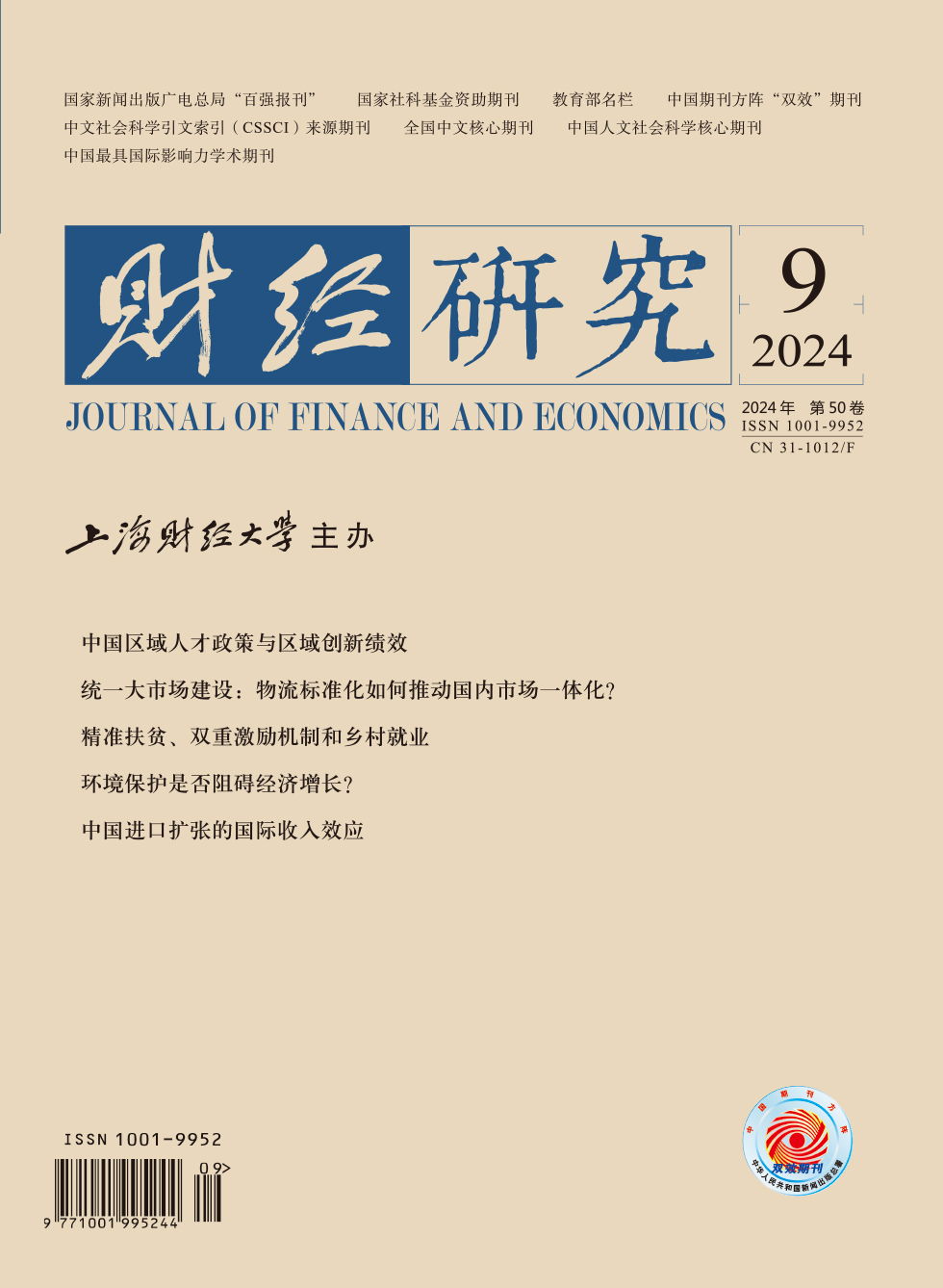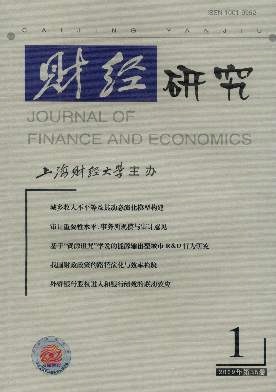上市公司退市制度实施效果的实证分析
财经研究 2009 年 第 35 卷第 01 期, 页码:134 - 144
摘要
参考文献
摘要
文章采用Logistic回归分析方法研究我国上市公司退市制度的实施效果,结果表明,被特别处理的上市公司资产质量的好坏和盈利能力的高低对其是否能争取到保留上市资格的机会并无显著影响,撤销特别处理后的公司也普遍出现业绩下滑。这说明上市公司对自身质量改进缺少足够的关注,最终导致退市制度所应产生的正面效应长期弱化。
关键词
[1]戴娜.ST公司的资产重组和盈余管理[J].证券市场导报,2001,(1):71-75.
[2]李哲,何佳.支持、重组与ST公司的“摘帽“之路[J].南开管理评论,2006,(6):39-44.
[3]陆国庆.中国上市公司不同资产重组类型的绩效比较——对1999年度沪市的实证分析[J].财经科学,2000,(6):20-24.
[4]吕长江,赵宇恒.ST公司生命轨迹的实证分析[J].经济管理,2006,(4):44-51.
[5]倪勇.中国股票市场退出机制研究[D].上海:复旦大学博士学位论文,2004.
[6]Clyde P,Schultz P,Zaman M.Trading costs and exchange delisting:The case of firms that voluntarily move fromthe American Stock Exchange to the NASDAQ[J].The Journal of Finance,1997,52(5):2103-2112.
[7]Engel E,Hayes R M,Wang X.The Sarbanes-Oxley Act and firms’going-private decisions[J].Journal of Accounting and Economics,2007,44(1-2):116-145.
[8]Macey J,O’Hara M,Pompilio D.Down and out in the stock market:The lawand fi-nance of the delisting process[R].Cornell Law School,Working Paper,2004.
[9]Leuz C,Triantis A,Wang T.Why do firms go dark?Causes and economic conse-quences of voluntary SEC de-registrations[R].AFA2006Annual Meeting Paper,2004.
[10]Li J,Zhang L,Zhou J.Earnings management and delisting risk:The case of IPO firms[R].Northeastern University,Working Paper,2005.
[11]Marosi A,Massoud N.Why do firms go dark?[R].University of Alberta,Working Paper,2004.
[12]Meera A K,Tripathy N,Redfearn M R.Wealth and liquidity effects of stock delis-tings:Empirical evidence fromthe stock exchanges of Singapore and Malaysia[J].Applied Financial Economics,2000,10(2):199-206.
[13]Weir C,Laing D,Wright M.Undervaluation,private information,agency costs and the decision to go private[J].Applied Financial Economics,2005,15(3):947-961.
[14]Wit mer,Jonathan.Why do firms cross-delist?An examination of the determinants and effects of cross-delisting[R].Financial Markets Depart ment,Bank of Canada,Working Paper,2006.
[2]李哲,何佳.支持、重组与ST公司的“摘帽“之路[J].南开管理评论,2006,(6):39-44.
[3]陆国庆.中国上市公司不同资产重组类型的绩效比较——对1999年度沪市的实证分析[J].财经科学,2000,(6):20-24.
[4]吕长江,赵宇恒.ST公司生命轨迹的实证分析[J].经济管理,2006,(4):44-51.
[5]倪勇.中国股票市场退出机制研究[D].上海:复旦大学博士学位论文,2004.
[6]Clyde P,Schultz P,Zaman M.Trading costs and exchange delisting:The case of firms that voluntarily move fromthe American Stock Exchange to the NASDAQ[J].The Journal of Finance,1997,52(5):2103-2112.
[7]Engel E,Hayes R M,Wang X.The Sarbanes-Oxley Act and firms’going-private decisions[J].Journal of Accounting and Economics,2007,44(1-2):116-145.
[8]Macey J,O’Hara M,Pompilio D.Down and out in the stock market:The lawand fi-nance of the delisting process[R].Cornell Law School,Working Paper,2004.
[9]Leuz C,Triantis A,Wang T.Why do firms go dark?Causes and economic conse-quences of voluntary SEC de-registrations[R].AFA2006Annual Meeting Paper,2004.
[10]Li J,Zhang L,Zhou J.Earnings management and delisting risk:The case of IPO firms[R].Northeastern University,Working Paper,2005.
[11]Marosi A,Massoud N.Why do firms go dark?[R].University of Alberta,Working Paper,2004.
[12]Meera A K,Tripathy N,Redfearn M R.Wealth and liquidity effects of stock delis-tings:Empirical evidence fromthe stock exchanges of Singapore and Malaysia[J].Applied Financial Economics,2000,10(2):199-206.
[13]Weir C,Laing D,Wright M.Undervaluation,private information,agency costs and the decision to go private[J].Applied Financial Economics,2005,15(3):947-961.
[14]Wit mer,Jonathan.Why do firms cross-delist?An examination of the determinants and effects of cross-delisting[R].Financial Markets Depart ment,Bank of Canada,Working Paper,2006.
引用本文
冯芸, 刘艳琴. 上市公司退市制度实施效果的实证分析[J]. 财经研究, 2009, 35(1): 134–144.
导出参考文献,格式为:





 5394
5394  2549
2549

